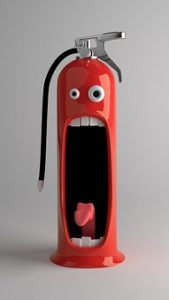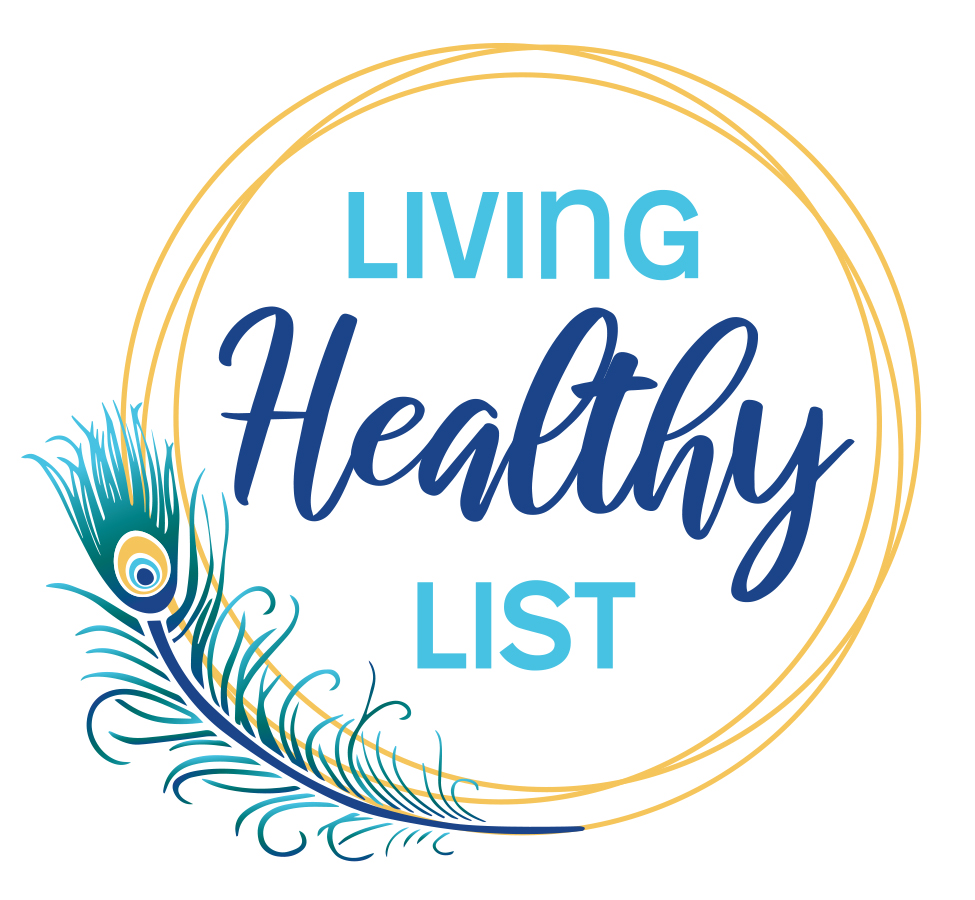For Despite what you may believe, stress is not a bad thing. It’s not necessarily bad for you either! We are here on this Earth to grow and evolve. Stress allows that to happen.
Do you know the basic meaning of stress? The word has become ingrained in our daily world that it has lost its true meaning. We use the word stress to express anger, frustration, and any other negative feeling we may be experiencing at any given moment.
What it actually means is “a change in the environment.” A new career, getting married, learning a skill, joining a social community, trying a different type of food, shifting your hairstyle are some examples of change, or “stressors.” But these are not necessarily bad, are they?
What would life be like if you didn’t have any kind of change? What if you ate the same food every day? Wore the same clothes. Stayed in the same job and mingled with the same people (family not included). Oh, and for your whole life. If you were a machine, you wouldn’t know the difference. However, you are not!

In our culture, often when we think of stress as “bad” or unwanted, we are really referring to a state of chronic stress. When we experience stress, stress, and more stress and do not sufficiently recover, also known as homeostasis, we do not feel good and experience dis-ease, which may lead to disease. This is preventable.
Our Natural State
Our natural state is ease. This isn’t just a nice idea or something we feel when we retire or “get caught up on things.” This state is a physiological reality and is supported by one of our amazing systems in our body – the nervous system.
Imagine two kids playing a seesaw. One kid is the stress response (SR), the other is the restoration response (RR). The seesaw works well when the kids take your, right? Your body is designed to manage the same way, taking turns. When there is a change in the environment, a stressor, the SR kid goes up on the seesaw and tells the body to increase blood pressure, breathing rate, muscle tension, pump hormones such as adrenalin and cortisol, and to divert blood away from the belly since it is not the best time to digest food.
It’s like turning up the volume of your radio or TV. Depending on the intensity of the stressor, the SR kid and these physiological responses will turn up a little, halfway, or on high. For, for example, if a car about to veer into your lane while driving or there is a fire in your kitchen your response level will be high. This is known as the sympathetic nervous system and is critical, literally, for our survival.
When Your Body is not in its Natural State
Then, when the change is over or abating, optimally, the RR kid gets a turn to go up on the seesaw while the SR kid goes down. The RR kid tells the body to turn down the volume of the physiology that was just amped up. Blood pressure decreases, breathing slows, muscles relax, adrenaline and cortisol wane, and the digestive system can now engage its role of nourishing our cells. These changes are a result of the parasympathetic nervous system, and also part of our survival, so we can keep on keepin’ on.
Unfortunately, the culture supports the SR kid to dominate the seesaw, not giving the RR kid a chance to play. This translates into an inhumane degree of chronic stress and is not normal. The body cannot self-heal if it is always fighting for its life.
How to debunk cultural conditioning? Practice restoration, without selfish or lazy guilt, by honoring the wisdom of the body. It does not lie. If exhaustion, impatience, crankiness, aches, and pain, or other signs of dis-ease are present more often than not, those are crystal clear signals that the parasympathetic system, the RR kid on the seesaw, needs a chance to play. Quality, and possibly quantity, of life, depends on it.
Your body is naturally designed for both stress and restoration, work and play, effort and recovery. So, when you respect this rhythm the stressors that arise support evolution. When both the SR kid and the RR kid have a chance to play you can experience your best health, self, and life.
Who wants to play?
Recommended Reading: The Successful Body written by 33 world-class experts in health and wellness.

Lisa Medley, MA, CMT believes as we create more love in the body, we create more love in the world. She serves as an Embodiment Mentor and has over 20 years’ experience in the healing arts including a MA in Expressive Therapy, life and wellness coaching, therapeutic massage and bodywork, somatics, energy medicine, and conscious movement & dance. Lisa is energetically sensitive that blesses her with a strong divine connection and challenges her to stay centered in an overwhelming world. She has discovered that honoring body wisdom is the key to sustaining wellbeing and soul evolution with more ease and grace. Learn more http://www.soulisticarts.com

